By Ben Casper, operations and maintenance manager
Great Miami River cities don’t flood, though average annual precipitation has been increasing. The MCD flood protection system was designed to protect 47,000 properties and keep 1 million people safe. The number of annual high-water events at MCD flood-control dams have been trending up for the past three decades. And so far, 2022 is following that trend. Translation: We. Are. Busy.
So how about a behind-the-scenes look at what MCD staff does during a high-water event?
What happens when the rivers start to rise?
When significant precipitation or snow melt occurs, MCD staff is paying attention. There are staff members assigned to operations, hydrology, engineering, and administration that all play a role during high-water. We define a ‘high-water event’ as a time when the river rises to a point that requires some action by a MCD staff member.
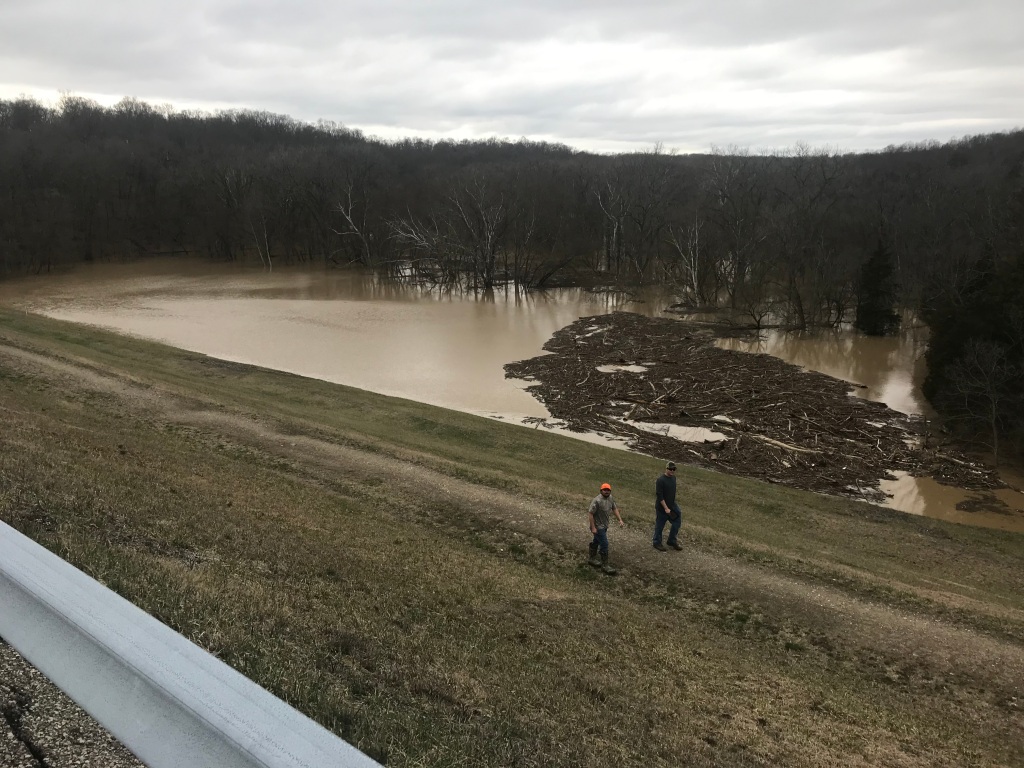
The operations staff, or caretakers, are assigned to each dam and levee system. The caretakers have site-specific duties including monitoring and reporting water levels, keeping an eye out for problems, and closing floodgates. Staff actions are guided by detailed High Water Operations Plans that identify action levels, specify tasks, and alternative scenarios. MCD caretakers work in all kinds of weather, and at all hours of the day and night.
The caretakers — assisted by MCD’s hydrologist – begin watching river levels online and in-person. They track data such as precipitation, river stage, and depth-to-groundwater levels. Precipitation is measured at rain gages to track rainfall amounts. River stage is measured at stream gages in partnership with the United States Geological Survey (USGS) to watch the height of the water surface. Groundwater levels are measured at monitoring wells —watching changes in the depth of the groundwater to the land surface.

Each caretaker also begins inspecting for potential problems like erosion, cracks, depressions or movement of the dam or levee surface. If they find anything that needs immediate attention they may call MCD engineers to assist with a solution. Staff are trained to operate heavy equipment such as tractors and backhoes.
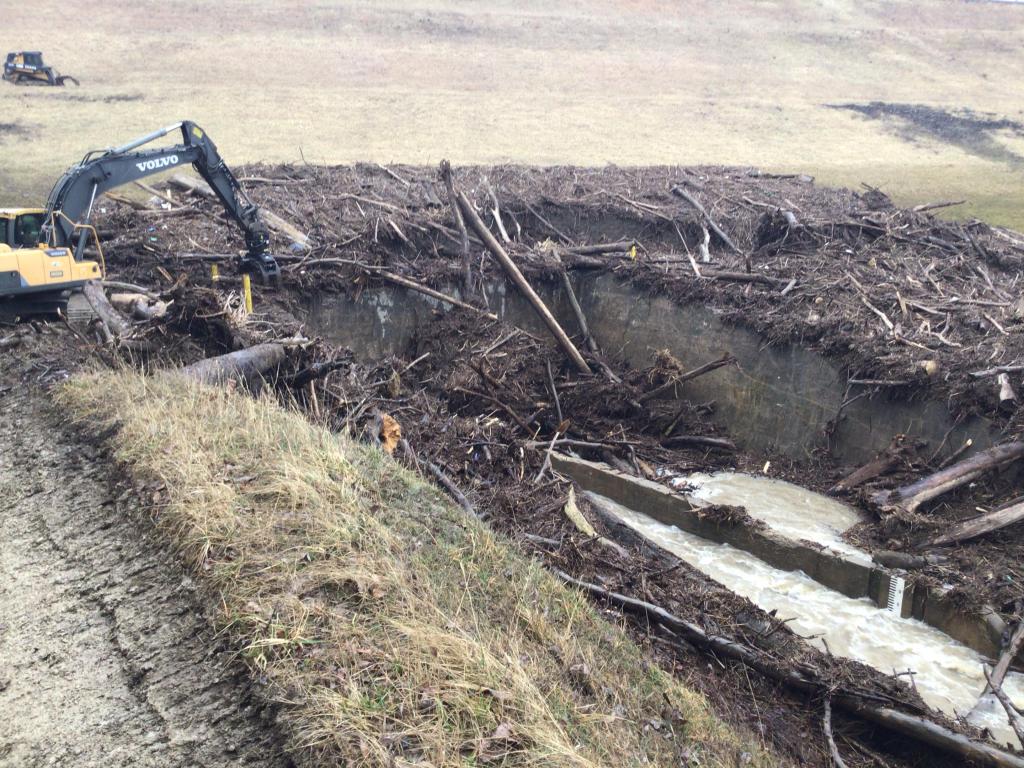
When the river water height reaches a defined level, caretakers may have to take action to close floodgates on the ends of storm sewer pipes in the cities of Piqua, Troy, Tipp City, Dayton, West Carrollton, Moraine, Miamisburg, Franklin, Middletown, and Hamilton. This keeps the rising river water from backing into the city’s drainage system and flooding neighborhoods.
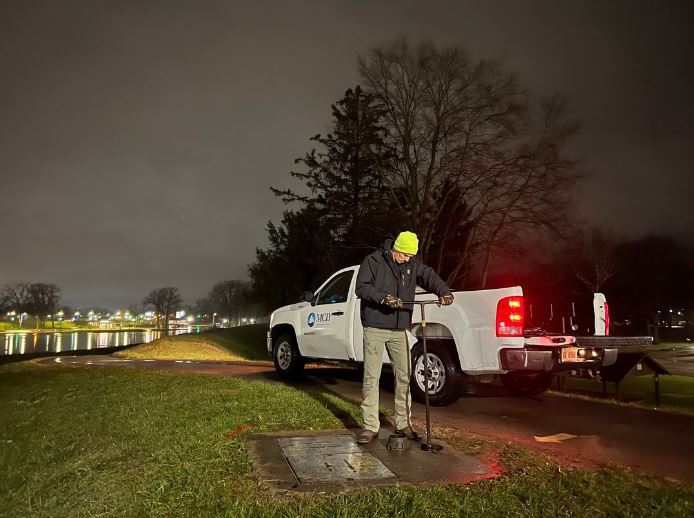
If the water reaches certain levels for extended periods of time, these duties can become around-the-clock. Caretakers may also be relieved by fully trained back-up staff if necessary.
MCD’s staff hydrologist reports the precipitation data collected by the caretakers’ to the National Weather Service who uses it to update their river forecast. The river forecast provides MCD with guidance about how high, and when, the river will crest in each city and at each dam. This helps MCD plan for staffing and other resource needs during a high-water event.
What do other MCD staff do during high water? The Hydrology team members monitor flow rates, track high water marks as the river recedes, and make sure stream gages are work properly. The Engineering team may be called upon to assess problems and design solutions as needed. Other staff members communicate with the media, confer with municipal partners, and make sure the entire staff has the resources they need.
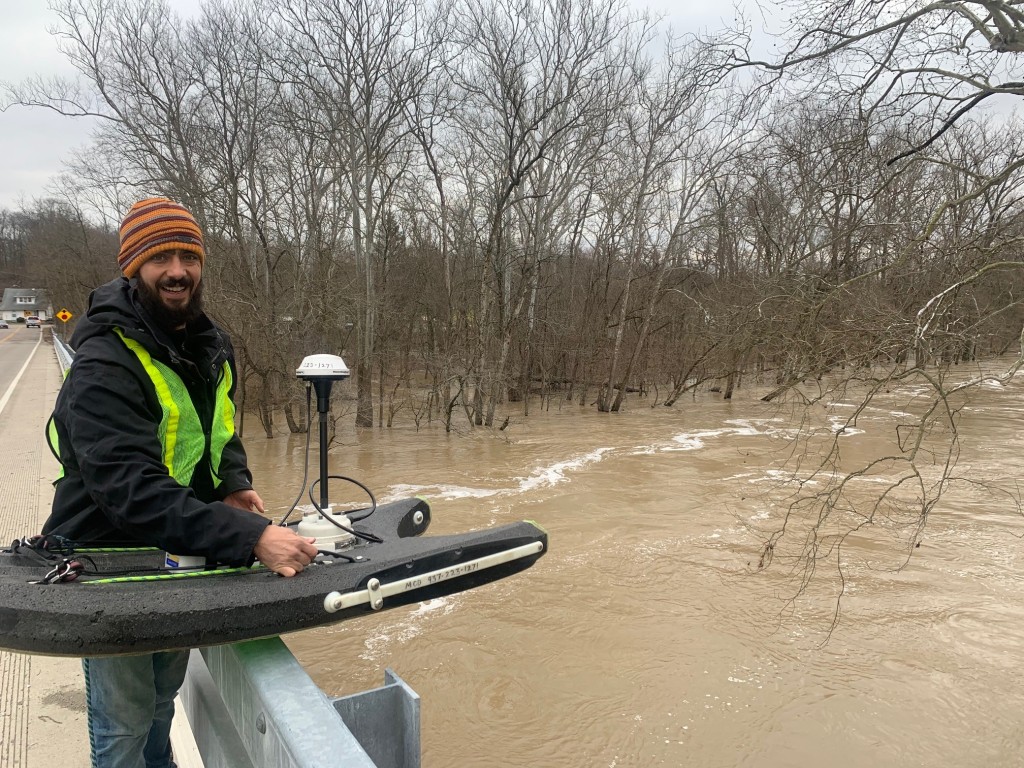
What does MCD do when it isn’t raining?
Our staff work all year long to make sure high-water events are as low stress as possible for the communities we protect. Here’s a sampling of what MCD does on a regular basis to maintain the flood protection system and keep you safe from flooding.
- Maintain healthy turf on levees and dams to prevent the erosive flows of high water
- Inspect the dams and levees
- Manage threats to levee stability like burrowing animals and erosion
- Track precipitation, groundwater, and river levels
- Remove fallen branches, tree trunks and other flood debris from riverbanks, levees, trails, and dams after high water
- Coordinate with local municipalities for public access
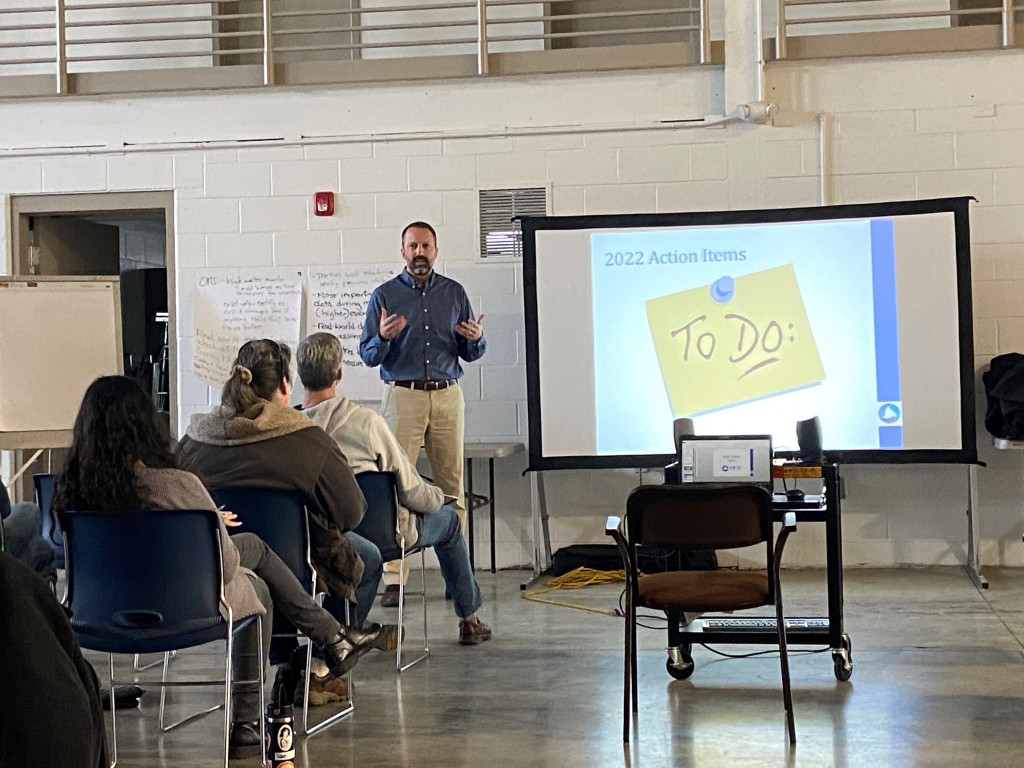
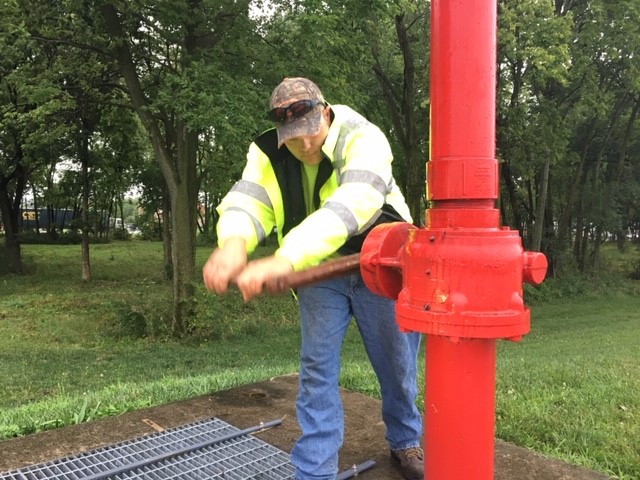
- Mow steep embankments to ensure healthy turf – 1,500 acres of it!
- Monitor the land above the dams to ensure flood capacity
- Inspect hundreds of utility and construction permits
- Plant trees and prairies to filter water, improve habitat, and reduce mowing
- Manage maintenance facilities and equipment
- Plan for future high water scenarios
- Complete regular training

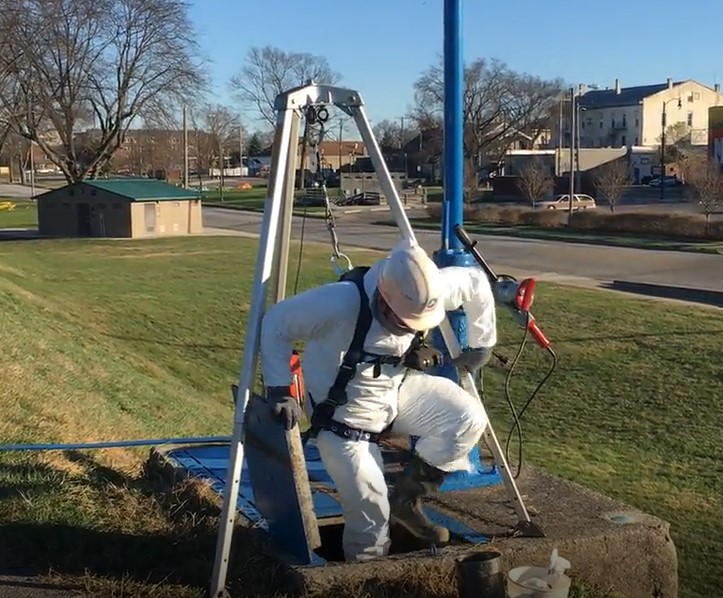
Join our team! MCD hires talented individuals in the following areas:
- Administration
- Engineering
- Field Operations
- Water Resources Monitoring & Analysis
MCD also hires seasonal employees, who typically work between March and October.
Ben Casper is MCD’s manager of operations and maintenance, overseeing caretakers for MCD dams and levees. In 2015, he joined MCD as an assistant caretaker. He has held the positions of West Carrollton caretaker, Dayton caretaker, and operations and maintenance supervisor. Ben holds a bachelor’s degree in public administration from Ohio University.
